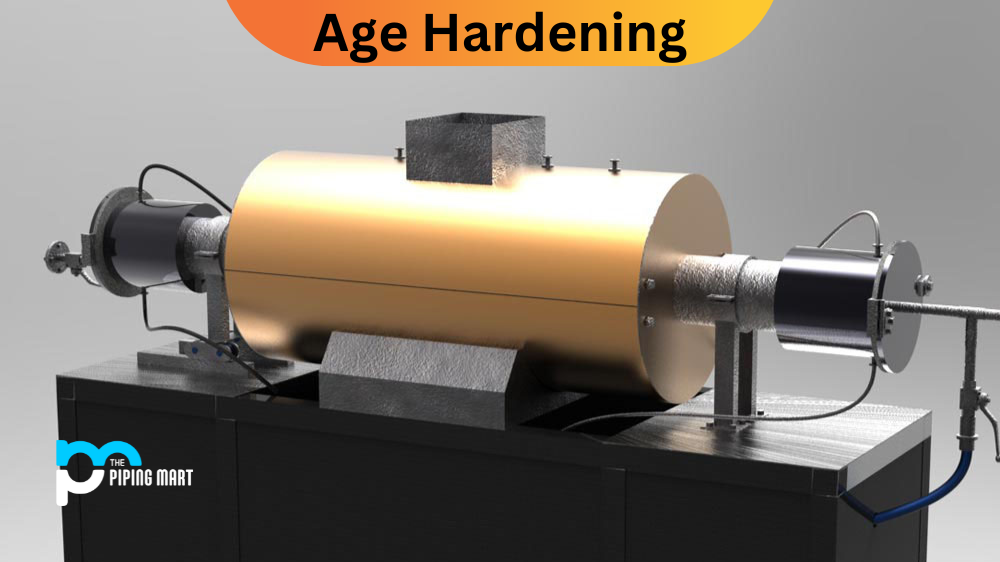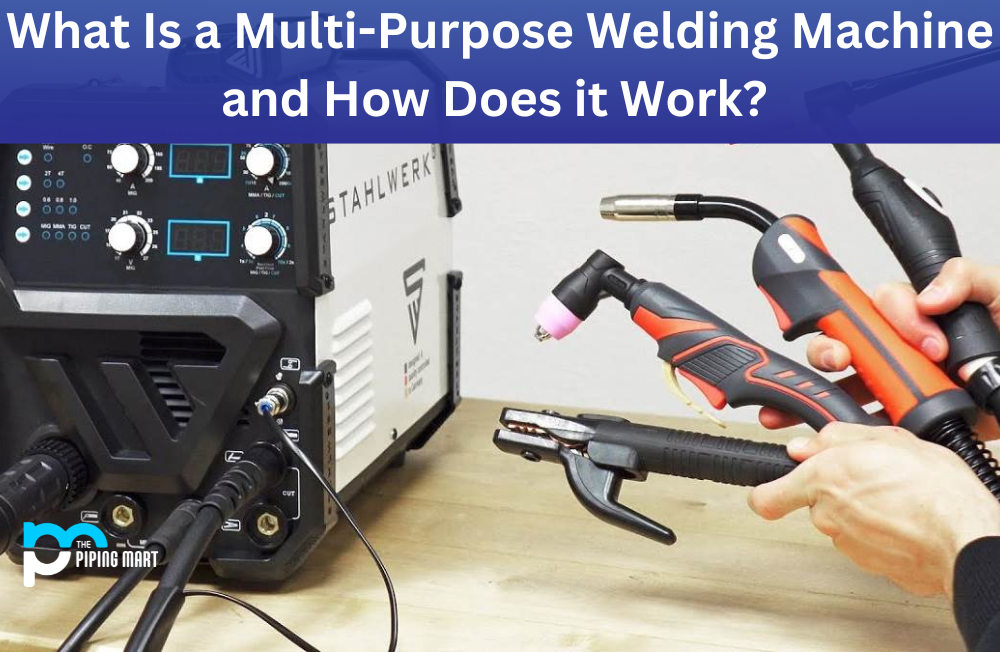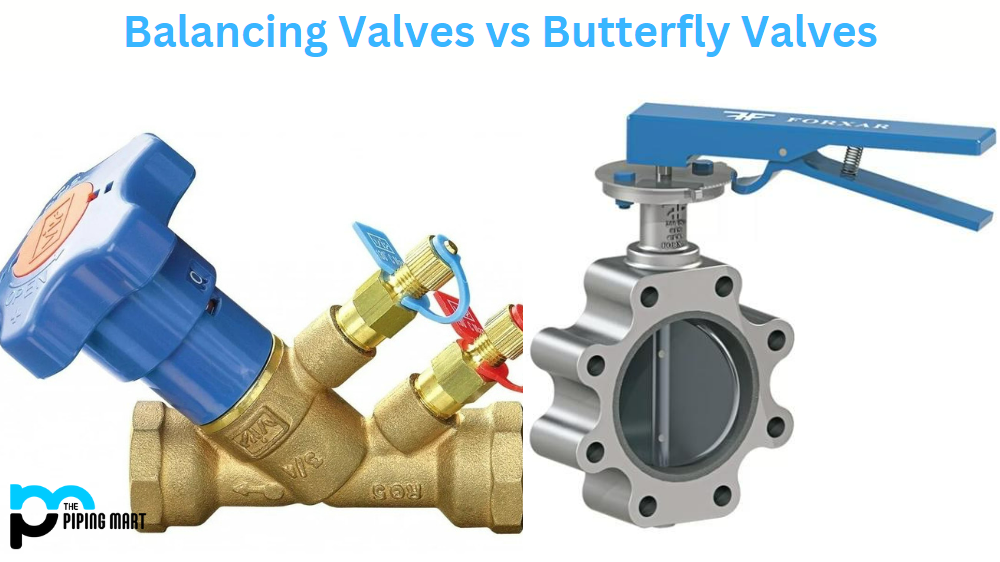Age hardening is a process that involves the use of heat treatment to increase the strength and hardness of metals. This process has been used in the manufacturing industry for decades and has become increasingly important as more products are made with age-hardenable alloys. In this article, we’ll discuss what age hardening is and how it can be used in various industries.
What is Age Hardening?
Age hardening is a type of heat treatment that increases the strength, hardness, and wear resistance of metals. It works by altering the microstructure of an alloy through a combination of heating and cooling cycles. During the process, atoms rearrange themselves into different structures, which increase strength without compromising other properties such as ductility or corrosion resistance. The result is a material that is both strong and flexible.
Techniques of Age Hardening
Age hardening is a heat treatment process that is used to improve the strength and hardness of metal alloys. It is typically done by holding the metal alloy at an elevated temperature for a set period of time and then allowing it to cool at room temperature, resulting in age hardening. The goal of this process is to enrich the metal alloys with one or more elements and to adjust their microstructure, creating an increase in both hardness and strength without significantly affecting ductility or other desirable properties. Age hardening can also be combined with other heat treatments like quenching, homogenizing, and tempering to achieve desired results.
Solution Heat Treatment
Solution heat treatment is the most common type of age hardening treatment. It involves heating the metal to a temperature that is above its critical temperature, holding it at that temperature for a period of time, and then cooling it. This process allows for the diffusion of atoms within the metal, which results in a stronger microstructure.
Precipitation Heat Treatment
Precipitation heat treatment is similar to solution heat treatment, but it involves cooling the metal at a rate that is slower than normal. This slow cooling rate allows for the formation of precipitates, which are small particles that help to strengthen the metal.
Cold Working
Cold working is a process in which the metal is deformed at a low temperature. This process can be used to increase the strength of the metal by increasing its hardness.
Annealing
Annealing is a heat treatment process that is used to soften the metal. It involves heating the metal to a temperature that is above its critical temperature and then cooling it slowly. This process allows for the diffusion of atoms within the metal, which results in a weaker microstructure.
Stress Relieving
Stress relieving is a heat treatment process that is used to remove stresses from the metal that may have been caused by cold working or welding. It involves heating the metal to a temperature that is below its critical temperature and then cooling it slowly. This process helps to improve the ductility of the metal and prevents it from becoming brittle.
Age Hardening Uses
Age hardening has many applications in various industries, including aerospace, automotive, medical devices, consumer electronics, and food processing equipment, tools, firearms components, and more. In aircraft manufacturing, for example, age hardening can be used on aluminum alloys to make them stronger while also increasing their fatigue life. This allows aircraft to fly faster and farther while also reducing maintenance costs. Similarly, age hardening can be used on steel components to make them more wear resistant so they last longer under heavy loads or high temperatures.
In addition to its use in manufacturing industries, age hardening can also be used in scientific research. Scientists use age hardening to understand the effects of ageing on materials since it alters their microstructures over time which can have significant impacts on their physical properties like ductility or hardness. By studying these effects, scientists can gain valuable insights into how materials behave over time which could lead to improved production methods or new materials development techniques.
Age Hardening Working
Working age hardening of metal is a difficult process but one that has many benefits. This process combines elements such as heat and force to create a tough yet malleable product. This can be incredibly useful when creating objects that need to endure physical or environmental stress, such as an outdoor sculpture or infrastructure support beams. Working age hardening creates components that are strong enough to handle all kinds of pressure without breaking or bending too easily, capable of lasting far longer than other types of metal and less likely to require repairs or maintenance over time. The process is relatively simple compared to others and can be used in order to give metal extra resilience and strength; it’s no wonder why so many industries rely on these procedures today!
Conclusion:
Age hardening is an important part of many manufacturing processes because it increases strength without sacrificing other important characteristics like ductility or corrosion resistance. It is used in a variety of industries, from aerospace to automotive to medical devices and beyond, thanks to its versatility and effectiveness in improving material performance over time. Additionally, researchers use age hardening to better understand how materials change physically over time which could lead to new discoveries in material science down the line. No matter what application you need it for, though, one thing’s for sure – age hardening will help you get the job done right!

Abhishek is a seasoned blogger and industry expert, sharing his insights and knowledge on various topics. With his research, Abhishek offers valuable insights and tips for professionals and enthusiasts. Follow him for expert advice on the latest trends and developments in the metal industry.




